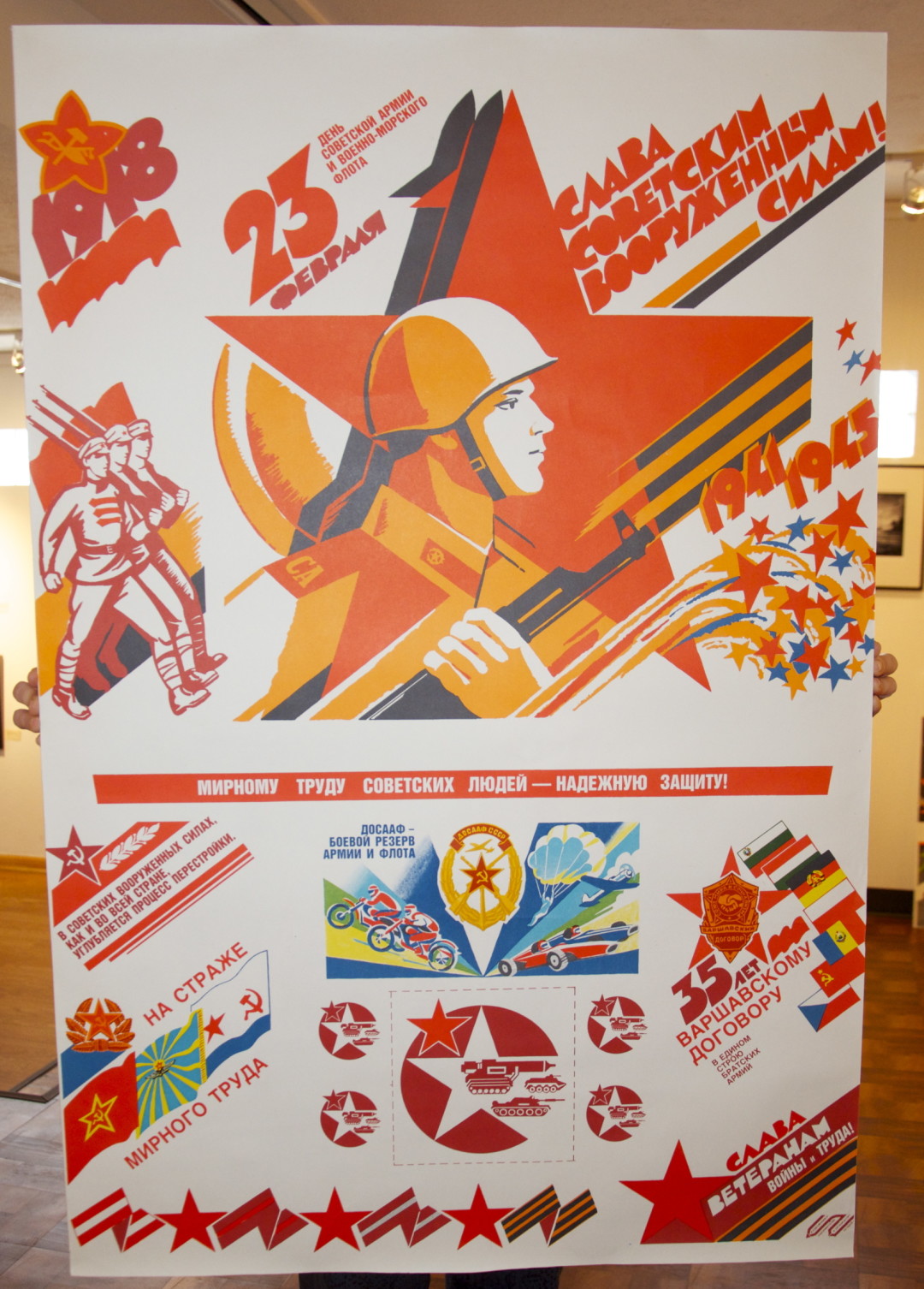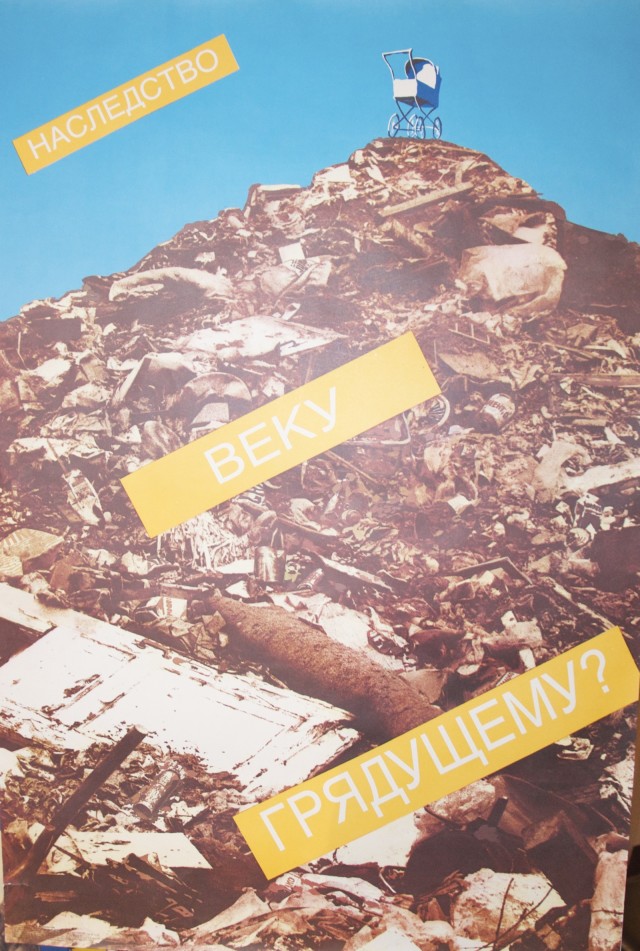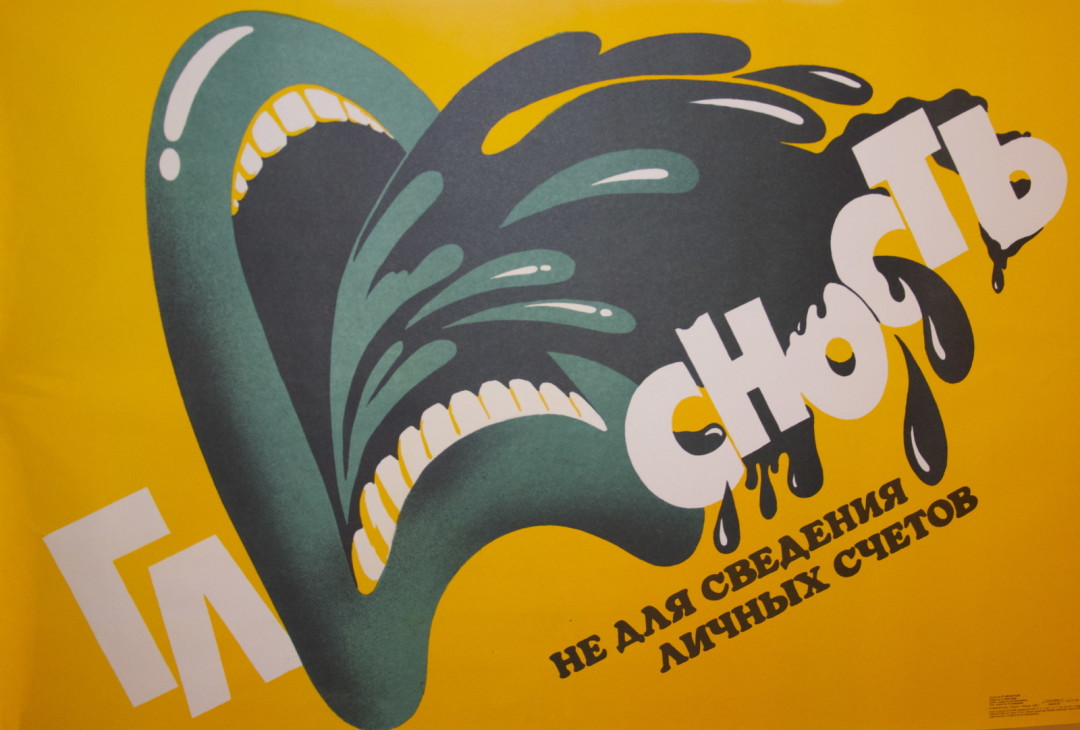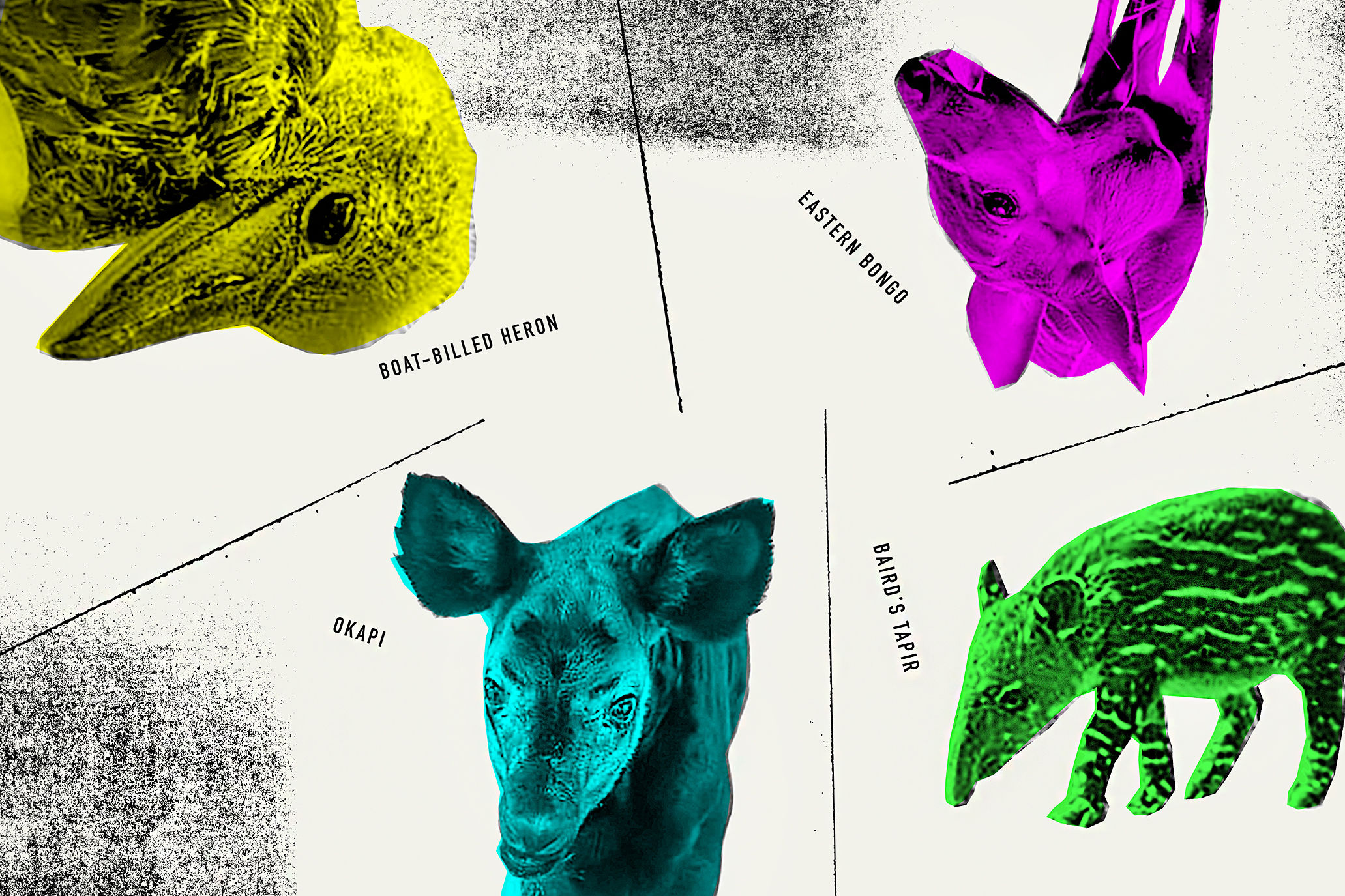The Art of Propaganda

Soviet poster (date unknown)
The Posters of Gorbachev Era: The Sunset of Soviet Power
May 24–Aug 31
Free
Our Texas: Russian Cultural Center
2337 Bissonnet St
713-395-3301
ourtx.org
For most western observers, Russia's annexation of Crimea this spring was viewed as a reassertion of Russian power, a kind of unilateral chest thumping with echoes of the Cold War. After two decades of largely normalized relations between East and West, what stood out to many observers was not just the speed with which troops appeared on the Ukrainian border, but how quickly both sides resurrected their classically antagonistic roles. To fully appreciate what Russia has become in recent years —an increasingly closed society ruled by a paranoid strongman bent on reclaiming his nation's former glory—it is useful to return to what it might have been.

"Inheritance" (early 1990s)
That question, and all the lamenting that accompanies it, is impossible to avoid when viewing The Posters of Gorbachev Era: The Sunset of Soviet Power, the Russian Cultural Center’s latest exhibition, which opens tomorrow and remains on display through August. Soviet posters first appeared during the Russian Revolution and were designed to deliver the Communist Party's slogans to the public.
Among the dozens of posters on hand are those calling for technological revolution, recycling, educational reform and, perhaps most noticeably, a vibrant demand for reform declaring that "Glasnost" —a policy introduced by Mikhail Gorbachev in the late 1980s that called for increased government transparency— is not the same thing as blackmail (below).

"Glasnost Not Blackmail" (early 1990s)
"Soviet-era posters have been representations of official, often changing, ideologies, and are windows into what those in power wanted from the citizens they aimed to influence and control," says Kate Traynin, who fled Russia in the early 1990s and currently serves as the center's event coordinator. But to view them purely as extensions of state authority, Traynin warns, would ignore their artistry, not to mention the paradox, surprise, and candid self-reflection they portray. “Every Soviet poster bears a stamp of expressiveness and graphical quality,” she adds. “The attention to detail is awesome."




